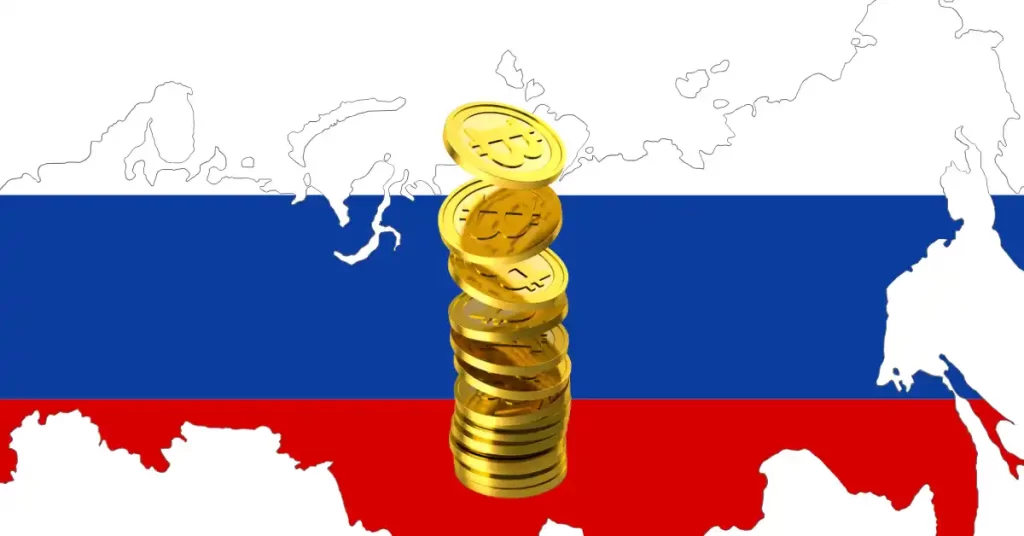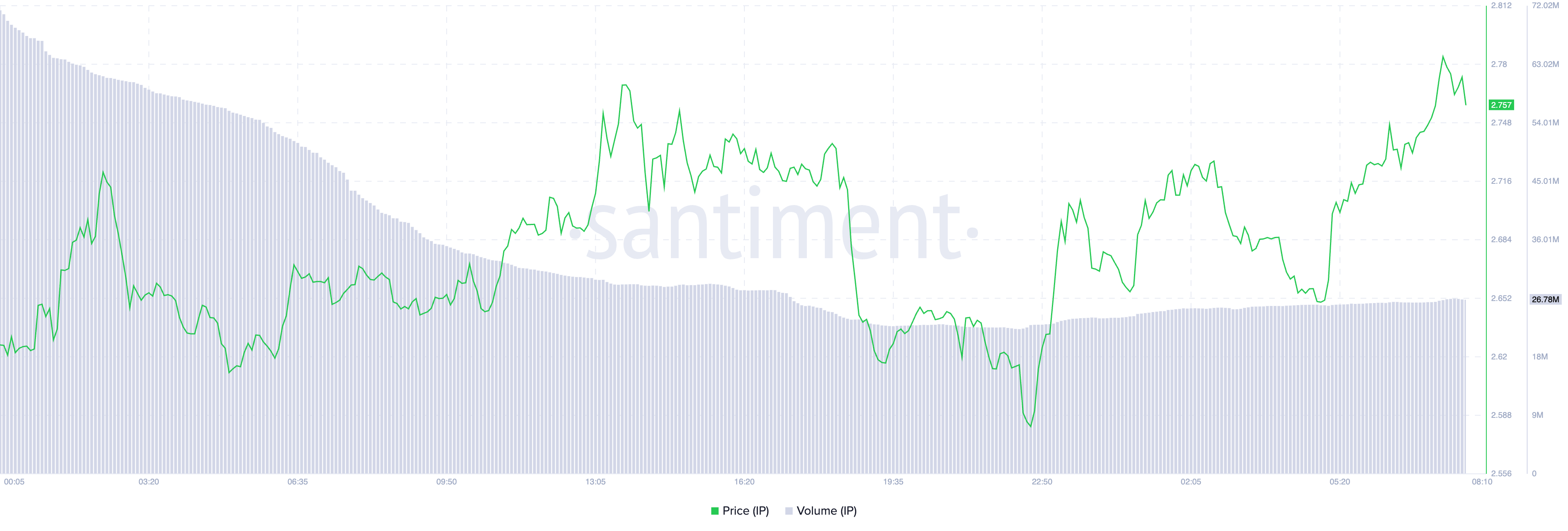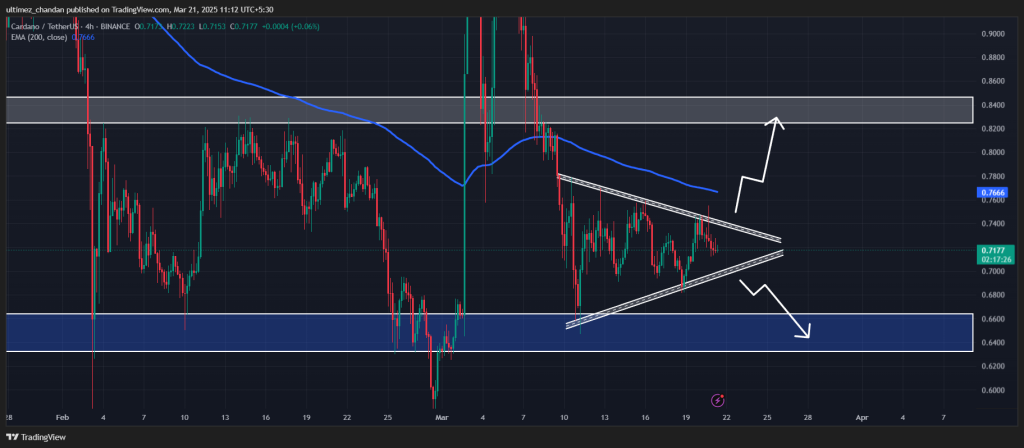
The post US Treasury OFAC Sanctions Russian Firms Associated With Cybercrimes appeared first on Coinpedia Fintech News
Office of Foreign Assets Control (OFAC), a US Department of the Treasury, recently targeted a Russian firm, Aeza Group, along with three associated entities, for its involvement in ransomware, infostealers, and dark markets related to crypto. OFAC sanctioned the four entities for their bulletproof hosting (BPH) on Tuesday.
US Sanctioned Russian Aeza Group
The Russian BPH provider, Aeza Group, was sanctioned by the US agency for facilitating cyber criminal activities that targeted victims worldwide, including in the US.
“Cybercriminals continue to rely heavily on BPH service providers like Aeza Group to facilitate disruptive ransomware attacks, steal U.S. technology, and sell black-market drugs,” said Acting Under Secretary of the Treasury for Terrorism and Financial Intelligence Bradley T. Smith.
Other Entities Involved in Crypto Crimes Sanctioned by OFAC
OFAC also sanctioned three affiliated entities:
- UK-based Aeza International Ltd and its Russian Subsidiaries
- Aeza Logistics LLC
- Cloud Solutions LLC
As noted by the Treasury, these accused infostealers often used to harvest personal identity information, passwords, and other sensitive credentials from compromised victims. Before selling them on darknet markets for profit, marking a widespread cybercrime.
Additionally, OFAC also listed four key individuals connected to Aeza:
- Arsenii Aleksandrovich Penzev- CEO and 33% shareholder of Aeza Group
- Yurii Meruzhanovich Bozoyan- General director and 33% owner of Aeza Group
- Vladimir Vyacheslavovich Gast- Technical director of Aeza Group
- Igor Anatolyevich Knyazev- 33% owner of Aeza Group.
OFAC’s Action Against the Crimes
The TRM Labs reported that OFAC designated a TRON crypto address (TU4tDFRvcKhAZ1jdihojmBWZqvJhQCnJ4F) tied to Aeza Group payments and their illicit activities, which has received over $350,000 in funds. The Treasury reported that it continued to work on combating cybercrimes and targeting malicious actors in undermining the United States’ security systems.
[post_titles_links postid=”477585″]
Additional Crime Connections of Aeza
- OFAC also accused Aeza of providing infrastructure services to BlackSprut, a centralized darknet market with more than $900 million in incoming funds.
- These dark markets have been linked to fentanyl trafficking through the sale of fentanyl precursor chemicals.
- Aeza Group also hosted infrastructure for ransomware groups such as BianLian (which received more than $2 million in ransoms) and infostealer operations, including Meduza and Luma.
With emerging cybercrimes, crypto hacks, and asset thefts, it is crucial for crypto investors to thoroughly follow the universal guidelines and not get thrilled by “too good to be true” offers. As the federal agencies are actively working to secure the crypto platforms, it is also necessary for the users to double-check the guidelines.
[article_inside_subscriber_shortcode title=”Never Miss a Beat in the Crypto World!” description=”Stay ahead with breaking news, expert analysis, and real-time updates on the latest trends in Bitcoin, altcoins, DeFi, NFTs, and more.” category_name=”News” category_id=”6″]
FAQs
What is the Office of Foreign Assets Control (OFAC)?
The Office of Foreign Assets Control (OFAC) is a financial intelligence and enforcement agency within the U.S. Department of the Treasury. Its primary role is to administer and enforce economic and trade sanctions that support U.S. national security and foreign policy objectives by targeting foreign countries, regimes, terrorists, narcotics traffickers, and other threats.
What exactly is a bulletproof hosting (BPH) provider, and how does it enable cybercrime?
A bulletproof hosting (BPH) provider offers internet hosting services with minimal regulatory oversight, designed to resist complaints and takedown requests. This enables cybercriminals to host illicit content (like malware, ransomware, and darknet markets) without interruption, making it difficult for law enforcement to disrupt their malicious operations.
How does OFAC identify and track crypto-related cybercrime activities?
OFAC identifies and tracks crypto-related cybercrime by including cryptocurrency addresses as identifiers in sanctions designations. They work with blockchain intelligence firms to trace transactions, analyze on-chain activity, and surface hidden connections between illicit actors and their digital assets. This allows for public attribution and aids compliance efforts by crypto sector participants.
The post US Treasury OFAC Sanctions Russian Firms Associated With Cybercrimes appeared first on Coinpedia Fintech News
Office of Foreign Assets Control (OFAC), a US Department of the Treasury, recently targeted a Russian firm, Aeza Group, along with three associated entities, for its involvement in ransomware, infostealers, and dark markets related to crypto. OFAC sanctioned the four entities for their bulletproof hosting (BPH) on Tuesday. US Sanctioned Russian Aeza Group The Russian …









